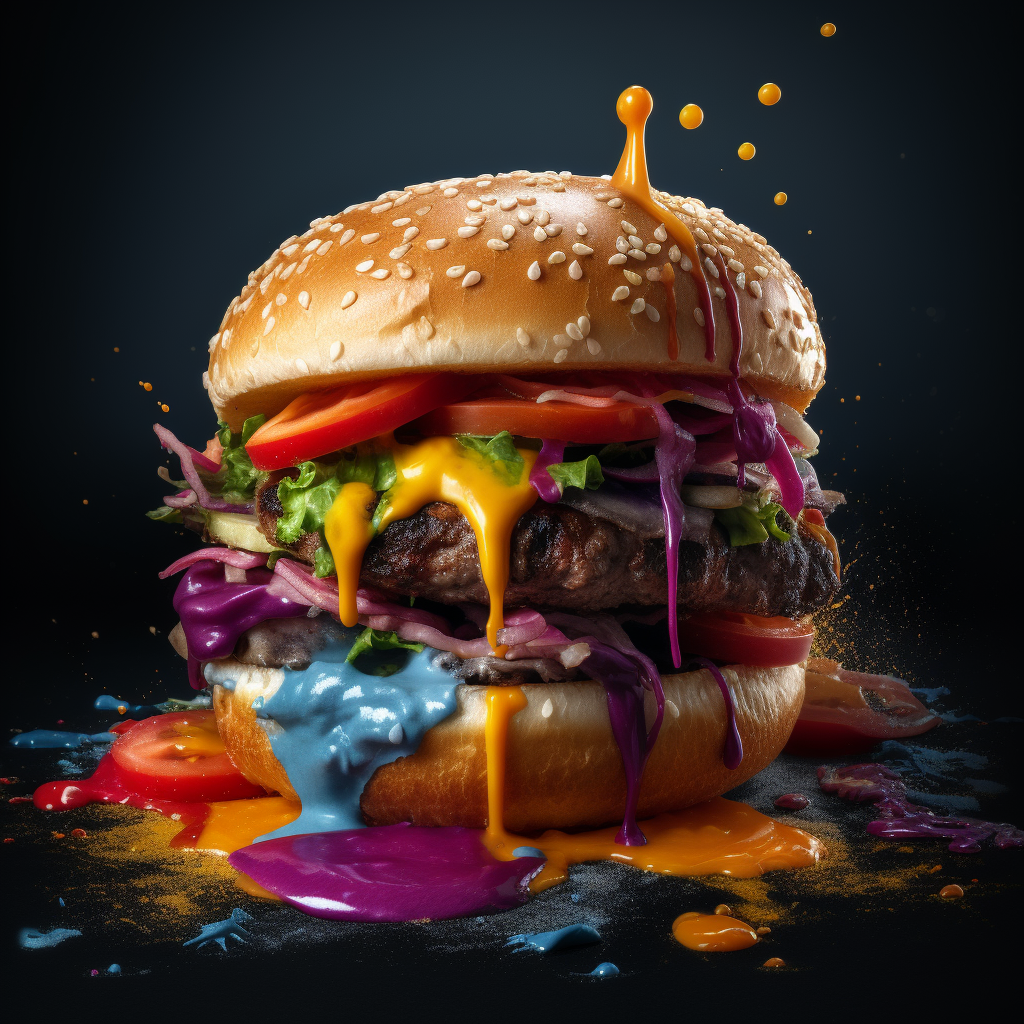December 5, 2023
The Rise of AI-Generated Food Photography and its Implications for the Dining Experience
Book a Demo
The art of photographing food has long been an enticing way to captivate our senses and draw us in. However, the process of capturing that perfect shot often sacrifices the very thing we crave – the taste. Behind the scenes of those mouthwatering images lies a harsh reality: the food is often rendered inedible.
In today’s digital age, where food delivery apps reign supreme, it’s not uncommon for these platforms to rely on stock photos instead of actual images of the food being served. After all, a well-presented dish can be the deciding factor for potential customers. But what if those images aren’t even real?
Uber Eats, a popular food delivery app, or the restaurants using the platform, have taken a unique approach to their food photography. They have turned to artificial intelligence (AI) to generate images of their dishes. By relying on AI-generated images, they can showcase an ideal version of their food without the hassle of arranging and photographing each dish individually.
However, the use of AI-generated images on Uber Eats has sparked a debate. Some argue that it may discourage customers from ordering food altogether. The reliance on AI-generated images raises concerns about the authenticity and accuracy of what customers can expect when their delivery arrives.
This situation sheds light on a broader trend – the growing use of AI-generated photos across various industries. As technology advances, AI is becoming increasingly integrated into our daily lives. From virtual assistants to image recognition, AI is transforming the way we interact with the world. And now, it is even shaping our perception of food.
One recent incident on Uber Eats brought this trend into sharp focus. The app uploaded a restaurant’s menu featuring AI-generated food photos. Unfortunately, the results were far from appetizing. Instead of presenting a realistic depiction of the dishes, the AI-generated images produced strange and unsettling representations of the food.
Critics were quick to condemn this use of AI-generated images, arguing that it created a negative experience for customers. They believe that relying on AI for such crucial aspects of our lives is a slippery slope that may lead to further dissatisfaction and disillusionment.
This incident serves as a glimpse into the future of AI-powered interactions. As AI becomes more prevalent, we must carefully consider the consequences of relying solely on technology to shape our experiences. While it may offer convenience and efficiency, it also has the potential to leave us feeling disconnected and unsatisfied.
In the world of food delivery, the use of AI-generated images may be a double-edged sword. On one hand, it allows restaurants to showcase their dishes in an idealized way. On the other hand, it raises doubts and questions about the authenticity of what customers will actually receive.
As we navigate this ever-evolving landscape, it is essential to strike a balance between embracing the benefits of AI and preserving the genuine experiences we crave. Only then can we ensure that technology enhances rather than replaces the things that truly matter – like the simple pleasure of enjoying a delicious meal.
Connect with our expert to explore the capabilities of our latest addition, AI4Mind Chatbot. It’s transforming the social media landscape, creating fresh possibilities for businesses to engage in real-time, meaningful conversations with their audience.



